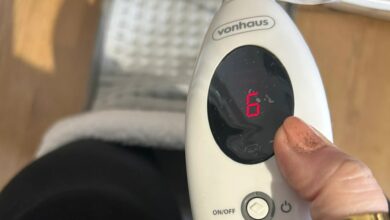Why you should NEVER use bleach alone to combat mold this winter
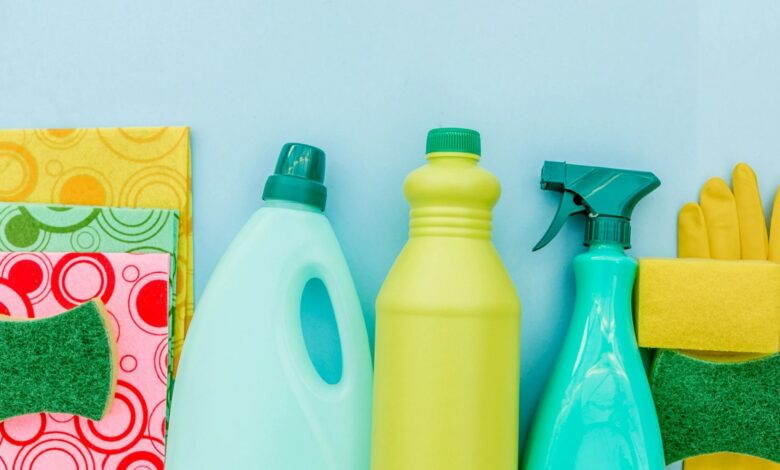
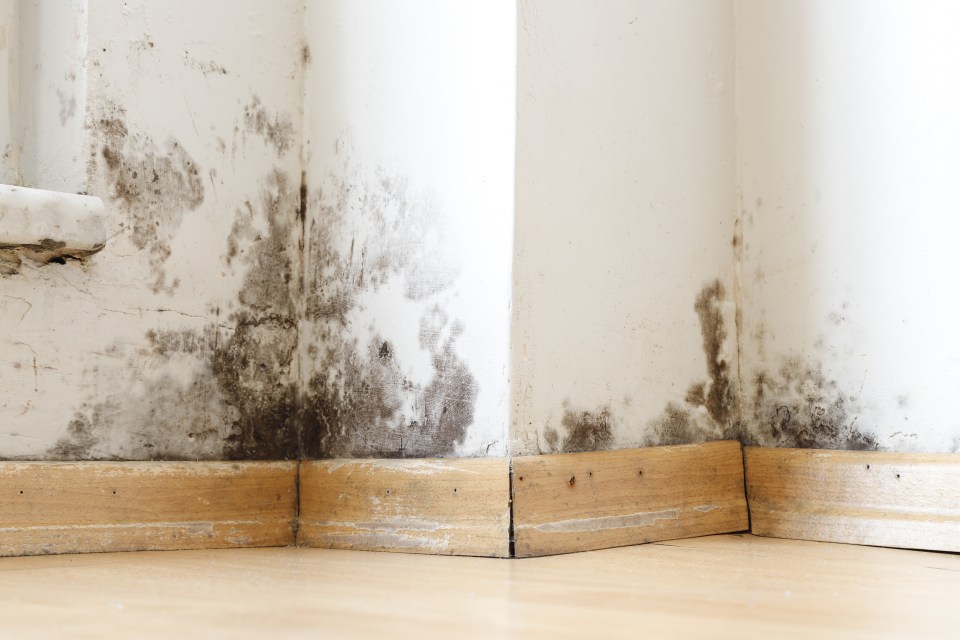
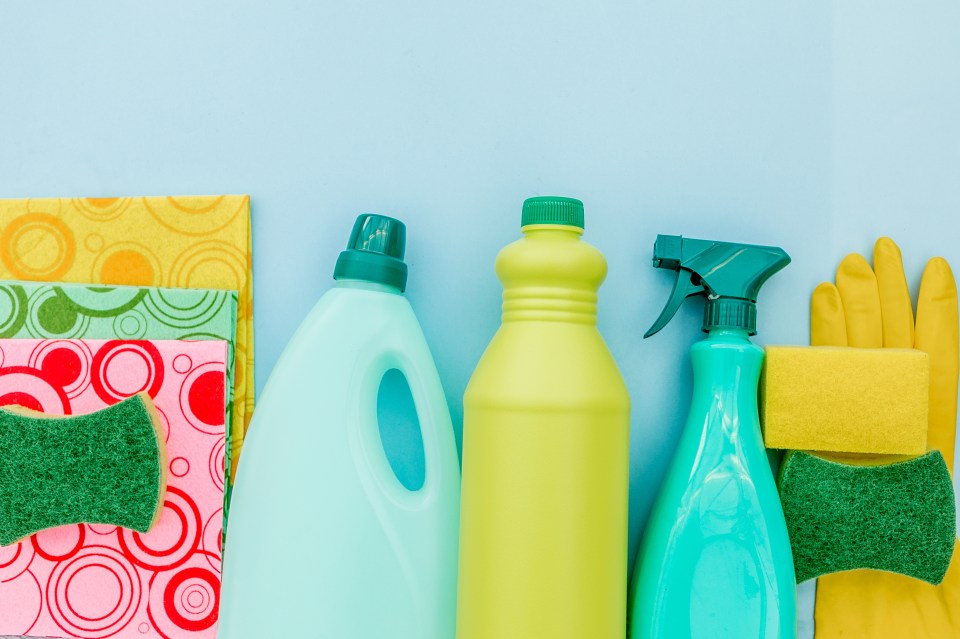
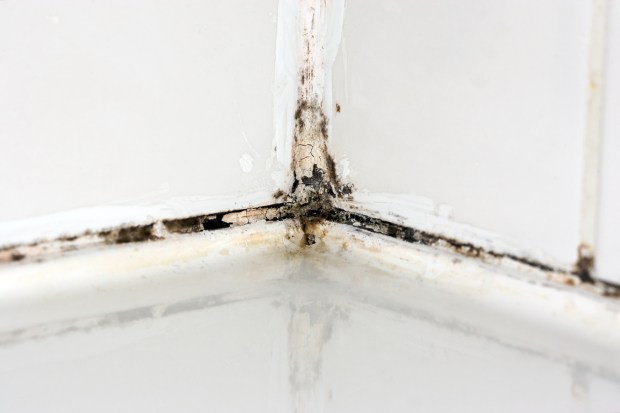
As we enter the colder seasons, homes often become traps for damp, mold and condensation.
This is mainly due to poor ventilation, especially for those who are trying to save on their energy bills by not using their heating.
And this can be difficult to keep up with, especially with rising energy bills and the cost of living crisis.
But one place that can be very difficult to keep an eye on when it comes to mold and moisture is the bathroom.
The bathroom is a haven for mold due to the high moisture content that is usually present.
And activities such as showering and bathing generate steam and can condense on surfaces such as walls, ceilings and tiles.
However, bathroom experts at Nuie have revealed some clever hacks on how to get rid of mold in the bathroom and some of them might surprise you.
Commercial director Colm Lalor says: “Keeping the grout clean can be a constant battle, and tiles are prone to mold growth, both of which can quickly turn the walls or floor of your bathroom unsightly.
“The easiest way to remove mold is to dip an old toothbrush into a solution of one part bleach to four parts water and then—with a little elbow grease—scrub away the mold and rinse with water.
“Be careful not to scrub too hard or you will damage the grout.
“To remove mold from walls and non-tile surfaces, use the same solution and scrub gently with a damp cloth until the mold is gone. Then dry the area thoroughly with a dry, soft cloth.
“We recommend avoiding the use of bleach on copperware and only using it on white goods such as toilets.”
We previously revealed some other hacks to tackle mold in your home.
Nancy Emery, from Drenchexplained that for those who want to combat mold without turning on the heat, you should first open your windows.
Nancy explains: “It may seem counterproductive to open your windows in cold or wet weather, but it is essential to stop mold growth.
“Cracking the windows a few times a day, especially after showering, bathing or cooking, is one of the easiest and most cost-effective ways to help moisture escape.
“Mold thrives in warm and wet environments.
“So it is especially important to increase ventilation in the colder months, when prolonged time indoors can result in heat build-up from our central heating, our bodies and our breathing.”
Common bathroom habits that increase mold

Plumbworld, a leading expert in bathroom and kitchen products, has shared the daily habits that increase the likelihood of mold growth in homes.
Leaving wet towels and bath mats on the floor
Wet towels and bath mats on the floor after a shower or bath can increase humidity, creating a perfect breeding ground for mold spores.
To prevent this, hang towels and bath mats where they can dry quickly and wash them regularly.
Do not turn on the fan
An exhaust fan is crucial for reducing moisture levels in the bathroom.
When you take a hot shower or bath, steam increases the humidity in the room, creating an ideal environment for mold to grow on walls, ceilings and other surfaces.
An exhaust fan helps by moving the moist air outside, significantly reducing the chance of mold growth.
Experts recommend running the fan while showering and for at least 20-30 minutes afterwards to reduce humidity.
Ignore small leaks
Even small leaks from the sink, toilet or shower can contribute to increased moisture levels in a bathroom, creating an environment where mold can thrive.
Over time, these leaks can cause significant water damage, encouraging mold growth in less visible areas such as interior walls or under floors.
Repair leaks immediately to prevent mold and possible structural damage.
Keep shower curtains or doors closed
Keeping the shower area closed after use traps moisture inside, slowing the drying process and creating a moist environment that promotes mold growth.
Mold can easily develop on shower curtains, doors and in tile joints if they remain wet for too long.
To prevent this, leave the shower door or curtain open after use to improve air circulation and help the area dry more quickly.
Storing too many products
Shower holders and corners filled with bottles and accessories may seem harmless, but they can restrict airflow, trap moisture and create hidden, damp niches where mold can grow unnoticed.
Keep shampoo and shower gel bottles to a minimum and clean and dry the areas underneath them regularly to prevent mold growth.



